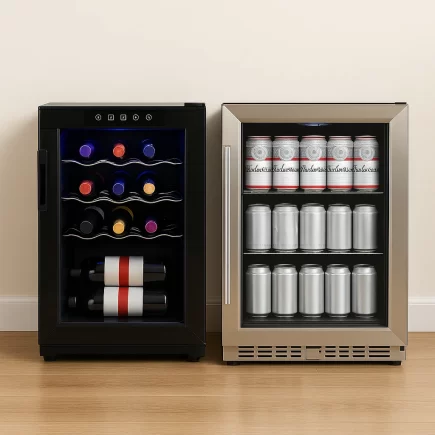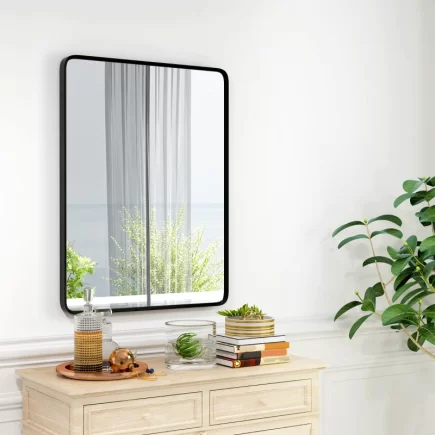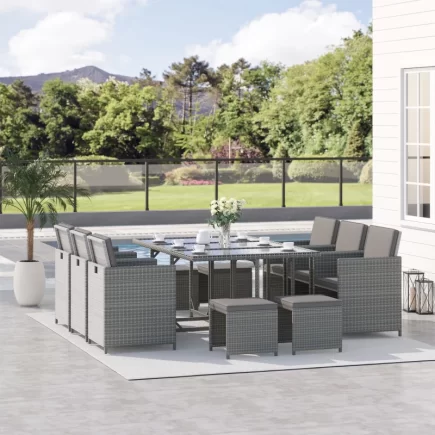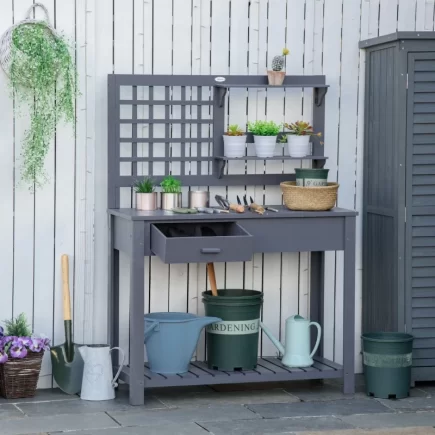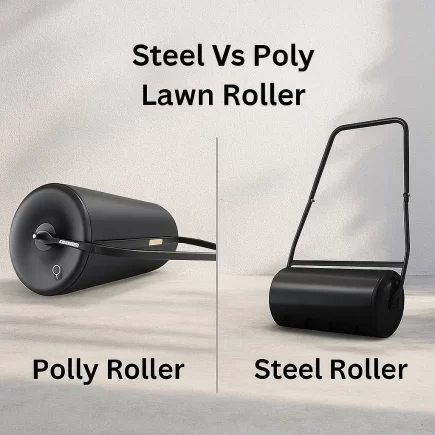A fresh coat of paint can completely transform the appearance of your exterior and bring new life to your outdoor stair railing. Over time, outdoor railings can become weathered, rusty, or faded, but painting them offers a simple and cost-effective solution to restore their beauty and functionality. Not only does it enhance curb appeal, but it also helps prevent rust and weather damage, improving the durability and lifespan of the railing.

Step-by-Step Guide to Painting Outdoor Stair Railings
Tools and Materials Checklist
Before you begin painting, it’s essential to gather all the necessary tools and materials. The right tools will ensure you achieve a smooth, even coat while protecting yourself and your surroundings.
Essential Tools

- Brushes and Rollers: A high-quality paintbrush and a small roller for flat surfaces.
- Sandpaper: Fine-grit sandpaper is used to smooth out rough spots and help the paint adhere better to the surface.
- Wire Brush: Ideal for removing rust and old paint from metal railings.
- Scrapers: A paint scraper will help you remove chipped or peeling paint.
- Drop Cloths: Protect the area around the stairs by covering the ground with drop cloths to catch any paint drips or spills.
- Painter’s Tape: Used to mask off areas that you don’t want to paint, such as the surrounding walls, steps, or floors.
Recommended Paints
- Weather-Resistant Paint: Weather-resistant paint protects the railing from rain, sun, and temperature fluctuations.
- Rust-Proof Paint: Opt for a paint that includes rust inhibitors to ensure long-term protection against corrosion.
- Low-VOC Paints: Consider using low-VOC (volatile organic compounds) paints to reduce harmful emissions and create a safer, more eco-friendly environment.
Safety Gear

- Gloves: Protect your hands from paint, chemicals, and rough surfaces.
- Goggles: Keep your eyes safe from dust, debris, and paint splatters.
- Masks: Use a respirator mask, especially if you are working with chemicals, sandpaper, or in an area with poor ventilation.
- Protective Clothing: Wear long sleeves, long pants, and old clothes to protect your skin from paint stains.
1. Preparation
Preparation is the foundation of any successful paint job. Skipping this step may lead to peeling paint and a short-lived result.
Inspect Your Railing
Check your railing for rust, peeling paint, chips, or damage. Address these issues before proceeding to ensure a smooth, flawless surface.
Clean the Railing

- Mix soap and warm water or use a degreasing agent like mineral spirits to remove dirt, grease, and grime.
- Wipe down the surface with a clean rag and allow it to dry thoroughly.
Remove Rust and Old Paint
- Use a wire brush or scraper to loosen peeling paint and rust.
- After scraping, sand the surface with 120-150 grit sandpaper to smooth any rough spots and create a better surface for priming.
| Tip | How It Helps |
| Clean thoroughly | Paint adheres better to clean, debris-free surfaces. |
| Sand evenly | Provides better grip for primer and paint layers. |
2. Priming

Priming is an essential step that shouldn’t be skipped, especially for metal railings. A good primer enhances paint adhesion and protects against rust.
Steps to Apply Primer
- Select a rust-inhibiting primer designed for outdoor metal surfaces.
- Apply an even coat using a brush or roller. Make sure to cover corners and crevices thoroughly.
- Allow the primer to dry completely, as per the manufacturer’s instructions.
| Primer Tip | Why It Matters |
| Rust-inhibiting primers | Adds a protective layer to combat rust and corrosion. |
| Thin, even coats | Prevents drips and ensures a smooth final finish. |
3. Painting

With the prep work complete, it’s time to apply the paint. Follow these steps for the best results:
Choose the Right Paint
- Select weather-resistant, rust-proof paint specifically made for metal surfaces.
- Opt for a high-gloss or semi-gloss finish, which enhances durability and resists dirt buildup.
Apply the Paint:
- Start at the top of the railing and work your way down.
- Use smooth, even strokes and avoid overloading your brush or roller to prevent drips.
- Apply two thin coats, allowing each coat to dry completely before proceeding.
4. Finishing Touches
Touch-Up
- Once the second coat is dry, inspect the railing for any missed spots or areas where the paint has not adhered well.
- Touch up these areas carefully, ensuring a smooth, uniform finish.
Allow the Paint to Cure
After finishing the painting, allow the railing to cure fully. This could take up to 24-48 hours, depending on the type of paint and the weather conditions. Avoid exposing the railing to harsh weather until the paint has fully set.
Safety Guidelines
When painting outdoor stair railings, safety should always come first.
- Work in a Well-Ventilated Area: Outdoor spaces provide natural ventilation, but avoid painting on windy days to prevent debris from sticking to wet paint.
- Protect Yourself: Always wear safety goggles, gloves, and a dust mask when working with paint, primer, and cleaning agents.
- Handle Lead Paint Safely: Follow EPA recommendations if working with older surfaces that may contain lead-based paint.
Weather Considerations

Weather plays a critical role in the success of your painting project. Follow these tips to get it right:
Ideal Weather Conditions
For the best results, paint when the temperature is between 50-80°F (10-27°C), with low humidity. These conditions allow the paint to dry evenly and prevent issues like cracking or peeling. High temperatures can cause the paint to dry too quickly, leading to uneven finishes. Low temperatures, on the other hand, can make the paint take longer to dry, which can also affect the final result. Avoid windy or rainy days as they can interfere with the drying process and may even cause dust or debris to stick to the paint.
Protect Against Elements
Unexpected weather changes, such as sudden rain or strong winds, can ruin your painting efforts. To protect your work:
- Use tarps or drop cloths to cover the railing or any painted surface in case of rain.
- Ensure that the paint has enough time to cure before exposing it to wet or harsh weather.
Best Seasons for Painting
| Season | Best Practices |
| Spring/Summer | Dry, mild days are ideal for painting. |
| Fall | Choose calm weather; avoid low evening temperatures. |
Long-Term Care
- Routine Cleaning: Wipe down the railing periodically with a damp cloth to remove dirt and dust.
- Rust Inspection: Check for early signs of rust or chipping paint and spot-treat as needed.
- Reapply Paint or Sealant: Plan to refresh the paint every 5-7 years, depending on exposure to the elements.
Give Your Railing a Fresh Start
Painting outdoor stair railings doesn’t have to be complicated. With the right tools, preparation, and techniques, you can achieve a professional finish that boosts curb appeal and protects your railing from weather damage. Remember to inspect your railing regularly, perform touch-ups as needed, and clean it routinely to maintain its appearance. If you’re looking to upgrade your stair railing entirely, check out Aosom’s Outdoor Stair Handrail for stylish and durable options.
FAQs
1. What’s the best paint for outdoor stair railings?
For outdoor stair railings, use exterior-grade enamel paint with a satin, semi-gloss, or gloss finish. Metal railings benefit from oil-based or DTM acrylic paints. Ensure the paint is weather-resistant and moisture-resistant for long-lasting protection.
2. How many coats of paint should I apply on outdoor stair railings?
Apply two thin coats of paint for durability. Start with a primer if needed, then apply the first coat evenly, followed by a second after drying. Thin coats dry faster and prevent drips, giving your railing a smooth, long-lasting finish.
3. How to prevent rust on metal railings?
To prevent rust, clean metal railings thoroughly, then apply a rust-inhibiting primer and a high-quality exterior paint. For extra protection, consider powder coating. Regular cleaning and promptly addressing any rust spots will also help maintain your railings.
4. Can I paint the stair railing over old paint?
Yes, you can repaint over old paint if it’s in good condition. Lightly sand the surface for better adhesion. If the old paint is peeling, remove it before painting. Apply a primer if switching paint types and use multiple thin coats for a smooth finish.

